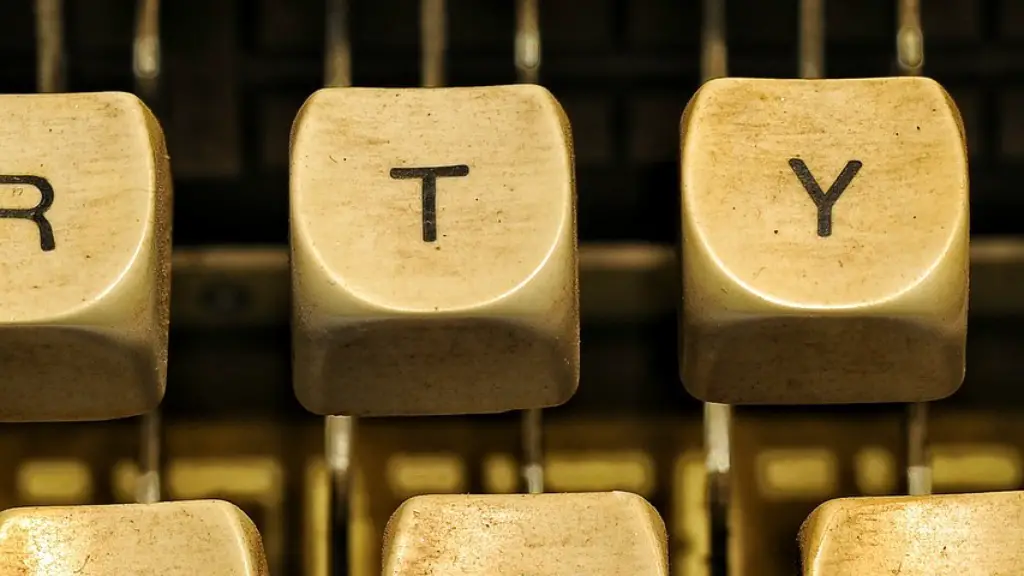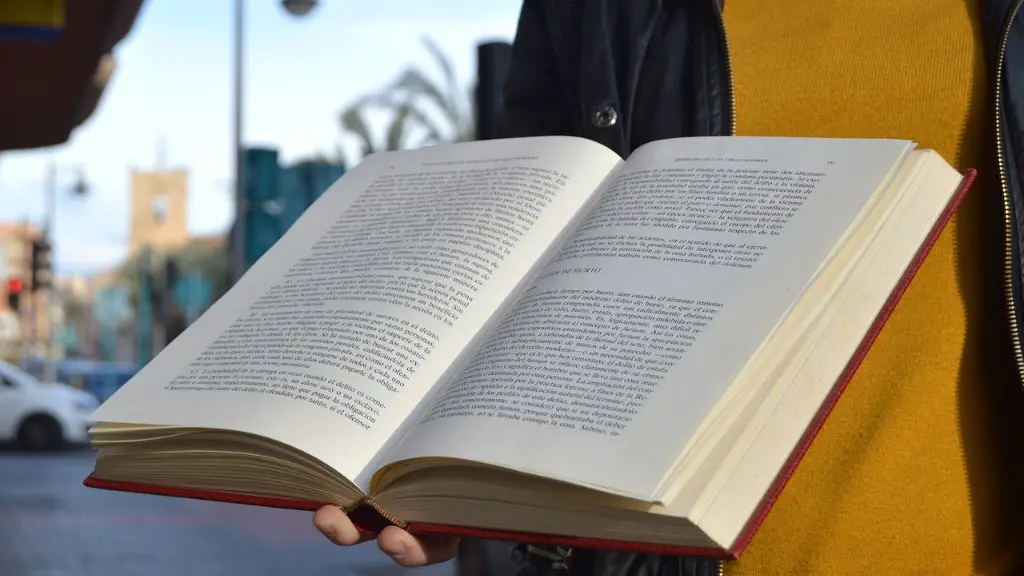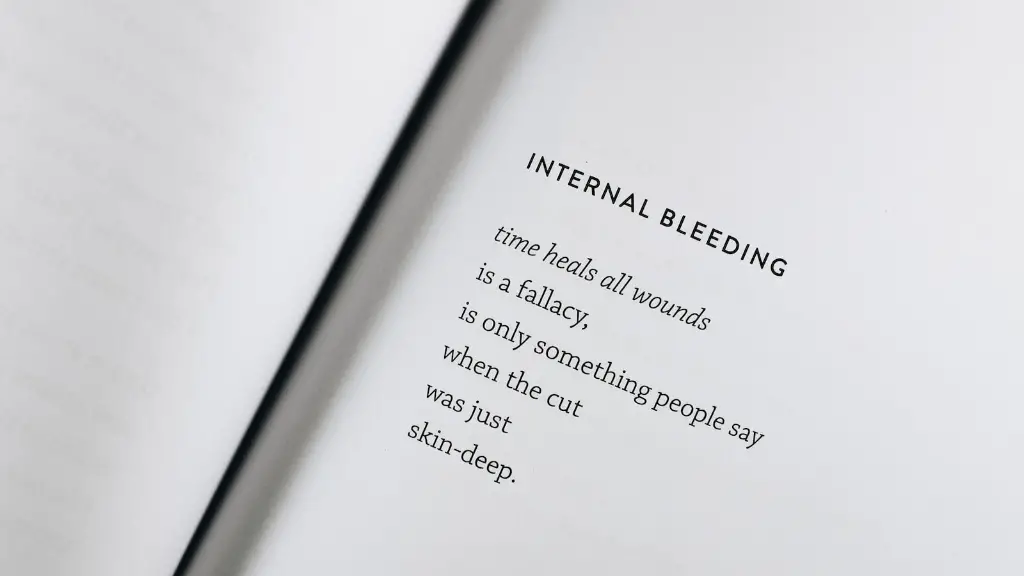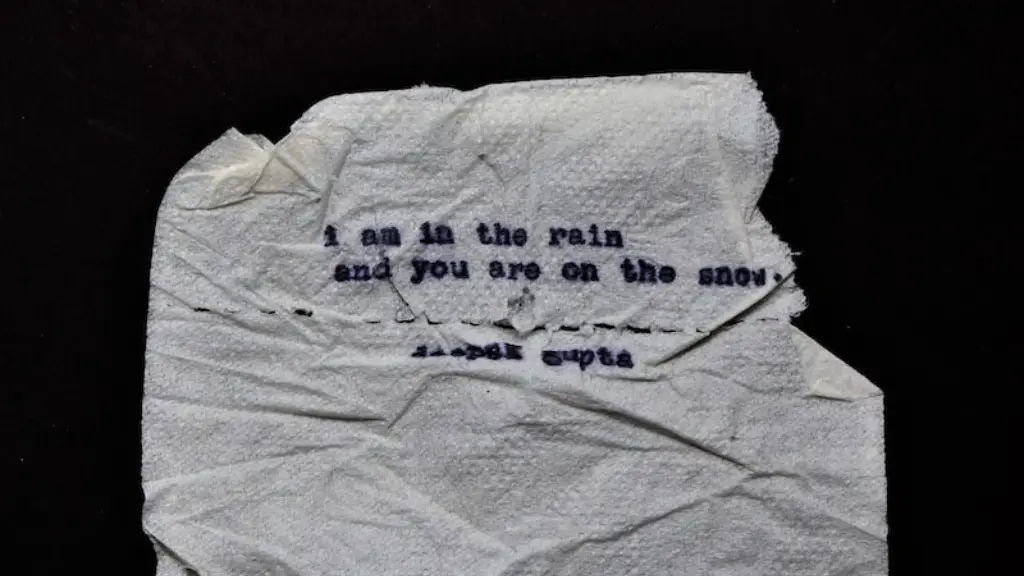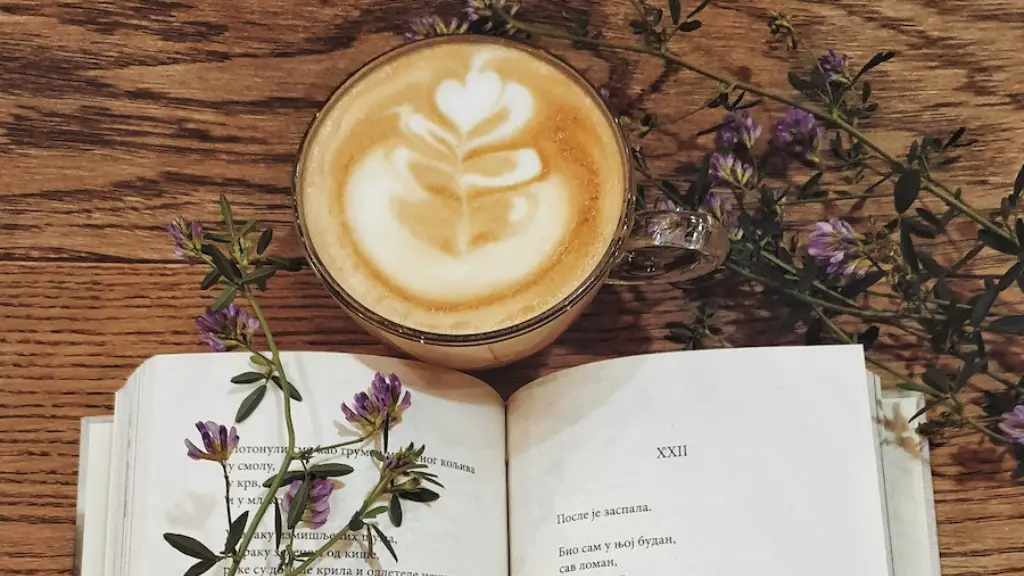Explaining the nuances of words in poetry
At first glance, the nuanced language of poetry can seem daunting, daunting enough to make a reader run for the hills. To understand the nuances of words and how they are used in poetry, it helps to think about those words in a bigger context.
To understand the subtle complexities of poetic language, it helps to consider the effective use of words in poems. When poets use words, they often do so in ways that rely on context to form meaning. To uncover these nuances, readers must pay attention to how words play off of one another, how they interact in the poem, and how they impact each other’s meanings.
To capture the nuances of a word’s meaning, poets must make sure their language is precise, direct, and accurate. To do this, they must draw on particular connotations and associations with the chosen word, setting the right tone and mood. By carefully selecting the right words and phrasing each individual line, a poet can create a work of art with profound impact.
Poets also use word choice to heighten the impact of the poem. By carefully placing certain words and phrasings, they can create vivid images in the reader’s mind or evoke strong emotions.
One of the greatest tools a poet has is the ability to craft ambiguity. By strategically using words and phrasing, poets can construct a poem that can be interpreted in multiple ways.
Rather than simply following one linear story, a poem can be read as a secret encoded message that can only be pieced together by the reader. In this way, a poem can invite the reader to get involved and construct their own interpretation.
Finally, it is important to remember that poetry is not just about the words themselves. By combining words with other elements such as meter, imagery, and rhythm, poets can create an even more powerful effect. The right choice of words can help to create an atmosphere, and a poetic meter can give the poem flow and movement.
Analyzing Figurative Language
The use of figurative language is a common tool in all types of writing, but especially in poetry. A poet can use figurative language to add layers of meaning, draw comparisons, and paint vivid images in a reader’s mind.
Figurative language can take many forms, the most common being metaphor and simile. In a metaphor, the poet makes a comparison between two things by directly saying one thing is the other. In a simile, the poet makes a comparison between two things by saying one thing is “like” or “as” the other.
Figurative language can also involve allusions and personification, where an object or concept is given human characteristics. This creates an emotional connection between the reader and the poem, as if the reader is actually experiencing the poem.
Figurative language in this way can also be used to reveal a deeper truth about a subject. A poet can use metaphor and simile to draw comparisons and point out similarities between seemingly unrelated topics, allowing readers to make connections in a unique and creative way.
Finally, figurative language can be used to emphasize the main idea of a poem or enhance the emotional impact of the poem. A poet can use the power of language to conjure vivid images, elicit emotional reactions, and draw attention to a particular point.
Exploring Literary Devices in Poetry
Literary devices are an important tool in the arsenal of a poet and cover a range of techniques used to convey a deeper and more vivid meaning in a poem. Common literary devices include rhyme, alliteration, assonance, and consonance.
Rhyme is the use of a repeating pattern of sounds, usually involving words with the same vowel and consonant sounds. Alliteration and assonance involve the repetition of the same letter sounds, while consonance involves the repetition of the same consonant sounds. All of these techniques can be used to add emphasis and create a poetic rhythm.
Other literary devices include internal rhyme, symbol, and metaphor. Internal rhyme is when a word within a line rhymes with a word in another line. Symbols refer to the use of a physical object as a representation of a concept, such as a flag as a symbol for patriotism. Finally, metaphor is the comparison of two things by directly saying one thing is the other.
When properly used, literary devices can create highly poetic works of art that evoke emotion and transport the reader to another place or time. By using these devices, a poet can make their work more vivid and powerful.
Using Sound to Enhance the Meaning of a Poem
In poetry, sound can be used to add dimension to a poem, creating an atmosphere that invites the reader in. By using sound devices such as onomatopoeia, the poet can direct the reader’s attention to a particular image or phrase, or change the tempo of the poem.
Sound devices such as rhyme, alliteration, assonance, and consonance can also be used to create a sense of flow and create a pleasing rhythm. These devices can also be used to add emphasis to certain words or ideas and draw attention to them.
In addition to these sound devices, poets can also use certain words or phrases to add emphasis and draw attention. By using words or phrases with a similar sound, poets can create a kind of “echo” effect that captures the listener’s attention and emphasizes the point being made.
The power of sound can be essential in setting the tone for a poem and conveying the overall message. By carefully selecting the right words, a poet can emphasize particular ideas, set the proper tone, and create a work of art that can captivate and surprise the reader.
The Benefits of Reading Poetry
Reading poetry is an effective way to engage with language, understand the power of words, and develop an appreciation for the different nuances of language. By taking the time to appreciate and understand the subtle nuances of words used in poetry, readers can become more attuned to their own language and express their ideas more effectively.
Reading poetry can also help readers develop an appreciation for literature and gain an understanding of the different contexts in which language can be used. The use of effective language can help readers paint vivid images in their own minds or connect emotionally with a particular passage.
Finally, reading poetry is beneficial for engaging with and understanding the world around us. By having a better understanding of language, we can better understand what is going on around us and engage in meaningful conversations with those around us.
The power of language can be truly transformative, and by taking the time to appreciate the nuances of words in poetry, readers can become more attuned to the subtle complexities of language and unlock hidden depths in their own writing.
Exploring Different Poetic Forms
In addition to its many nuances, poetry can also come in different formats. While traditional forms of poetry such as sonnets and haikus may be more familiar, there are many other forms that each bring something unique to the table.
Free verse poems are a popular form of modern poetry that allows poets to acknowledge the dynamics of poetic language and free from the constraints of traditional poetic forms. This form of poetry is often seen as more creative and creative and allows poets to capture their ideas in a more experimental format.
Other poetic forms, such as odes and elegies, are often more emotionally charged and serve to commemorate or celebrate particular events or people. With odes and elegies, poets are tasked with transcending the boundaries of language and finding more creative ways of expressing their feelings.
Linguistic forms such as haiku and senryu also exist, using heightened language to capture a moment in time in a minimalist form. These forms are well-suited for poets looking to express their ideas in a unique and concise way.
Experienced poets will often play with these types of form, combining them in different combinations to create something truly unique. By exploring different forms of poetry, poets are better able to express the complex nuances of language and capture the imaginations of their readers.
Conclusion
Interpreting the nuances of words in poetry can often seem daunting, but it is essential for grasping the true power of language. By exploring the different aspects of poetic language, readers can gain a better understanding of how language can be used to evoke powerful emotions and express complex ideas.
By understanding the subtlety of words and the way they interact, readers can develop an appreciation for the nuance of language. By taking the time to explore and appreciate the power of words, readers can become more attuned to their own language and develop an appreciation for the different forms of poetry.
